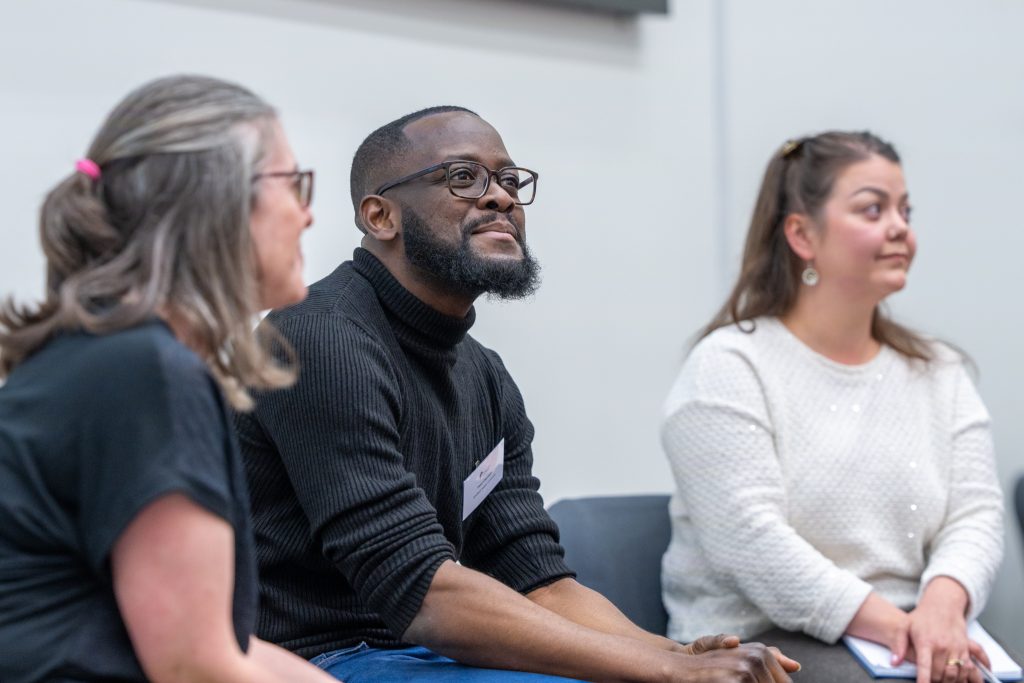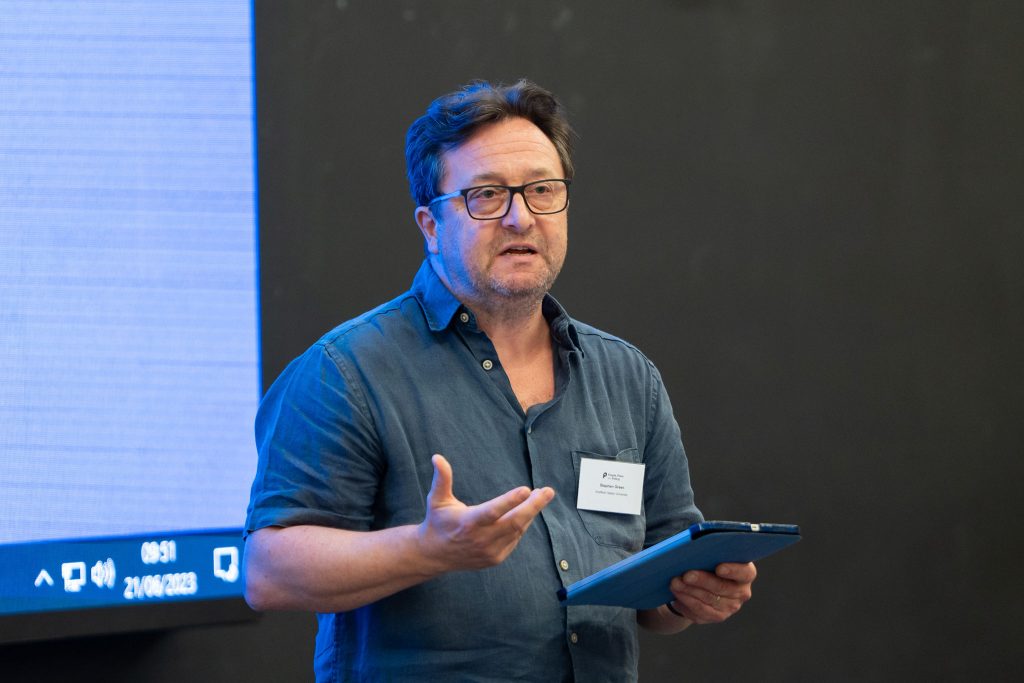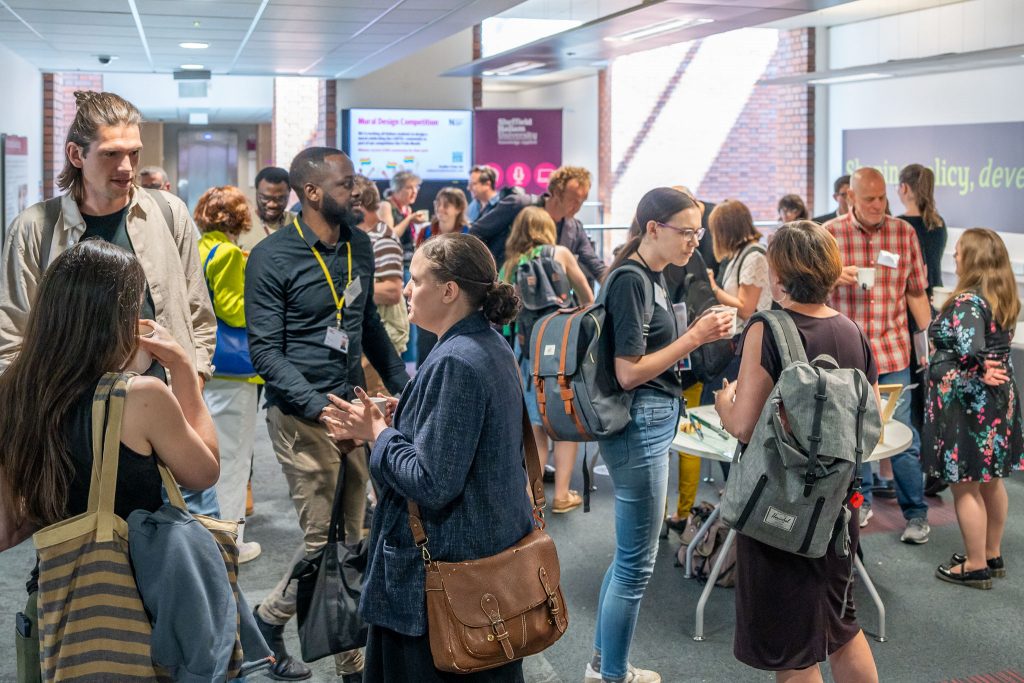Annual conference
PPP Conference 2026
Summer 2026 | Sheffield Hallam University
PPP Conference 2026
Summer 2026 | Sheffield Hallam University
About the conference
The 13th People, Place and Policy (PPP) Annual Conference will take place in Summer 2026 and will be hosted in Sheffield by the Centre for Regional Economic and Social Research (CRESR) at Sheffield Hallam University.
The conference brings together researchers, policy makers and practitioners for a one-day event that showcases emerging research related to contemporary debates within all aspects of social policy. This includes a focus on a wide range of social concerns, including – economic development and labour markets, poverty, the welfare state, the voluntary and community sector, social exclusion, housing, sustainability, transport, health and social care, energy and environment.
The conference format will comprise keynote speeches, audience Q&A and debate, as well as parallel chaired paper presentation sessions.
Further details will be available later this year and will be shared through our mailing list and social media accounts.
Bookings
Bookings will open later this year.

Inclusivity
Inclusivity statement
We aim to deliver an equitable, diverse and inclusive event.
We are committed to ensuring diversity across characteristics of personal identity, including gender, ethnicity, ‘race’, disability and age. We welcome participation from under-represented groups and ECRs.
We want all attendees to be able to participate meaningfully in the event and we will promote physical, financial and cognitive accessibility. The rooms used for the conference venue are assessed for accessibility features. We keep our costs low and have passed these savings on to our delegates in the form of lower registration fees and we have a bursary scheme for ECRs. To facilitate cognitive diversity, we welcomed contributions in non-traditional formats such as pre-recorded presentations.
The venue
The event will be held at Sheffield Hallam University, City Campus, Sheffield.
Transport options, parking and campus plans are available on the Sheffield Hallam University website.
Past events

